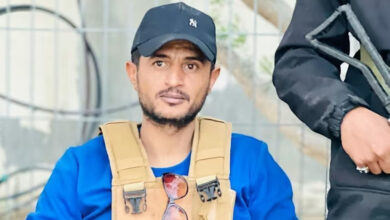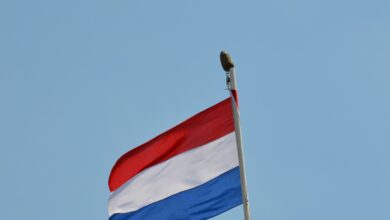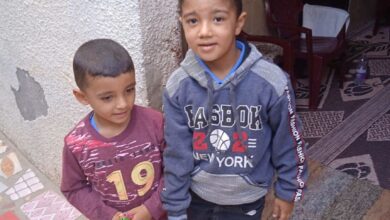A heated debate followed the screening of Palestinian filmmaker Michel Khleifi’s “Zindeeq” Sunday night at the Galaxy cinema where the award-winning film was showing as part of the Panorama of the European Film. The 85-minute feature film traces a 24-hour long journey of a Palestinian filmmaker who returns to his homeland from Europe to document testimonies from witnesses of the 1948 exodus.
“Zindeeq” (the title means “freethinker”) continuously refers to Palestinian internal conflict, violence and poverty. It was criticized Sunday night for its focus on the 1948 exodus while ignoring subsequent events that audience members considered equally important. Viewers also disapproved of the film’s non-idealized image of Palestinian society. Though many criticisms missed the overall point of the movie, they were warranted.
A particularly problematic scene for some was when the protagonist, played by Palestinian star Mohamed Bakri, was stopped at an Israeli checkpoint for speeding. He tells the Israeli police he is a French tourist, speeding out of fear of terrorists. The Israeli officers comfort him by saying that there are no terrorists in Israel.
But, Khleifi explained that “Zindeeq” does not seek to reinstate the image of Palestinian strife common in mass media but to entice the audience to critically reflect on problems of identity.
Khleifi uses the 1948 exodus as a backdrop to shed light on the lives of those Palestinians who stayed in their homeland after 1948. The uprooted protagonist struggles to reconcile with the past. His parents’ decision, like many other Palestinians, to stay in Nazareth after 1948 continues to trouble him. Live testimonies, filmed by the protagonist throughout “Zindeeq,” are mixed with memories of dialogues the protagonist had with his mother on the topic in which he struggles with his mother’s unwillingness to recount what happened out of shame.
The struggle between staying and escaping is highlighted in a dialogue between the protagonist and his sister, outside her house in Nazareth. A young nephew of the protagonist has killed a neighbor, instigating vendetta, and his sister begs the protagonist to leave, saying that “fleeing is three-quarters of manliness.” The protagonist tries to remain detached from Palestine as he burns old family photographs at his family’s house, yet is urged by the end of the movie to help a group of young adolescents escape the Israeli police.
Harsh living conditions and systemic racism are emphasized, as in when the protagonist is denied a room at various Nazareth hotels because he is a Palestinian whereas Arabs of other nationalities and Israeli soldiers are welcomed. On his way to find his family’s house, where he will spend the night, he encounters thugs, child beggars and squatters.
The movie is rife with meaningful scenes and images, some more successful than others. Despite the protagonist’s apparent detachment from his homeland, he visits the wells of the Virgin Mary's spring in Nazareth. To his disappointment, they have dried up. Now, the Israeli water company Mekorot sells the church its water. A drunken man nearby remarks that there is nothing sweeter than the water you drink at your own home, which encourages the protagonist to find his family’s house. Unfortunately, the water supply to the house has also been cut off.
In another scene, the protagonist makes love to a young Israeli woman who tells him that she has never kissed a Palestinian before, emphasizing that Palestinians are exoticized in their homeland.
Less successful scenes include that of the protagonist with a young Gazan boy with whom he developed a friendship. The boy compares the protagonist’s camera to Israeli weaponry, to which the protagonists replies that he makes films, not war. It’s a slightly hackneyed way of conveying an important theme, and removes the film from the reality it depicts.
It also remained unclear whether the young camera assistant Racha is a fully realized character or merely one of the filmmaker's tools. When she appears, at the end of the film, dressed in a traditional white Palestinian robe and walking over the Sea of Galilee, it seems she is little more than a symbol.




